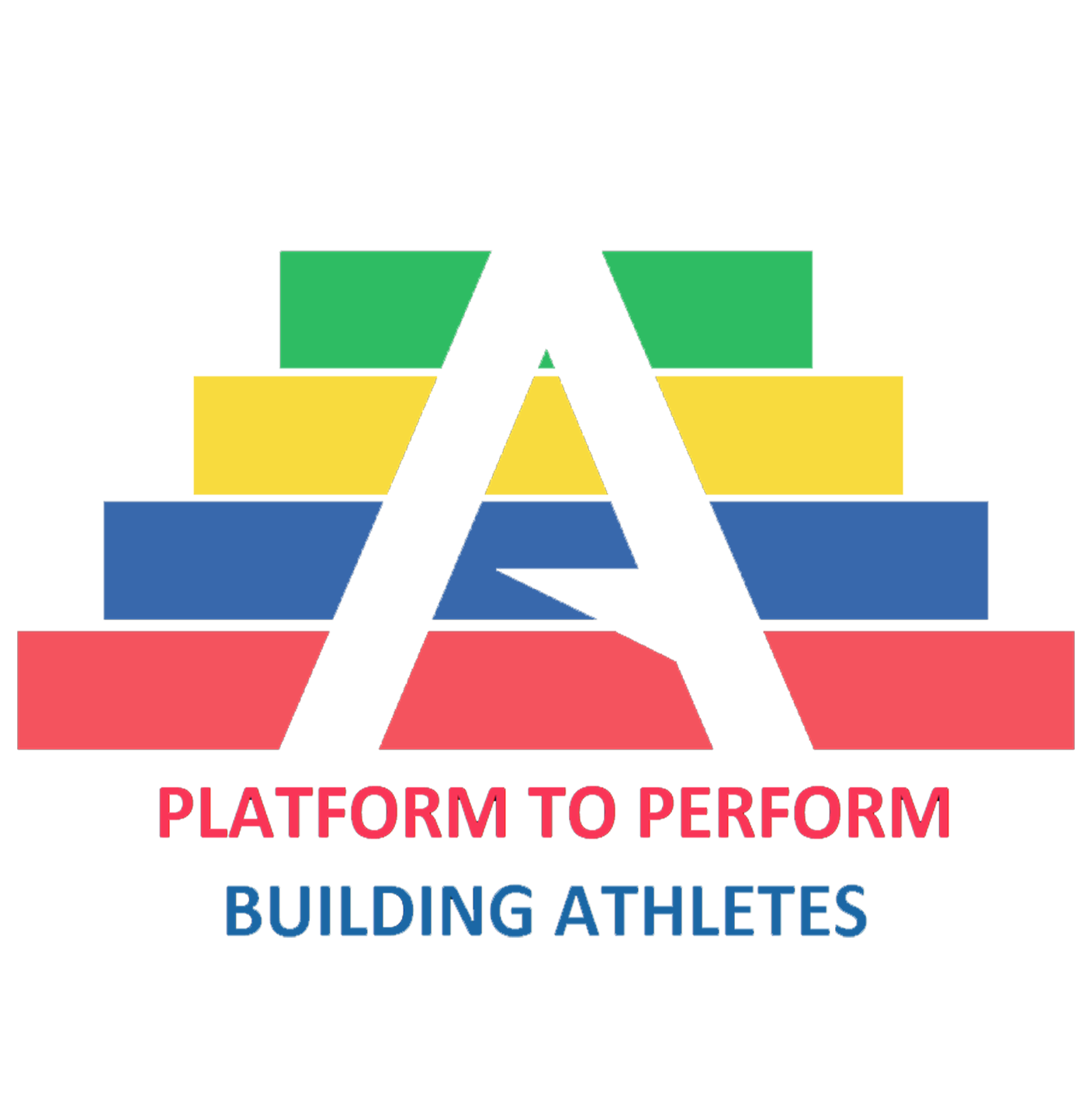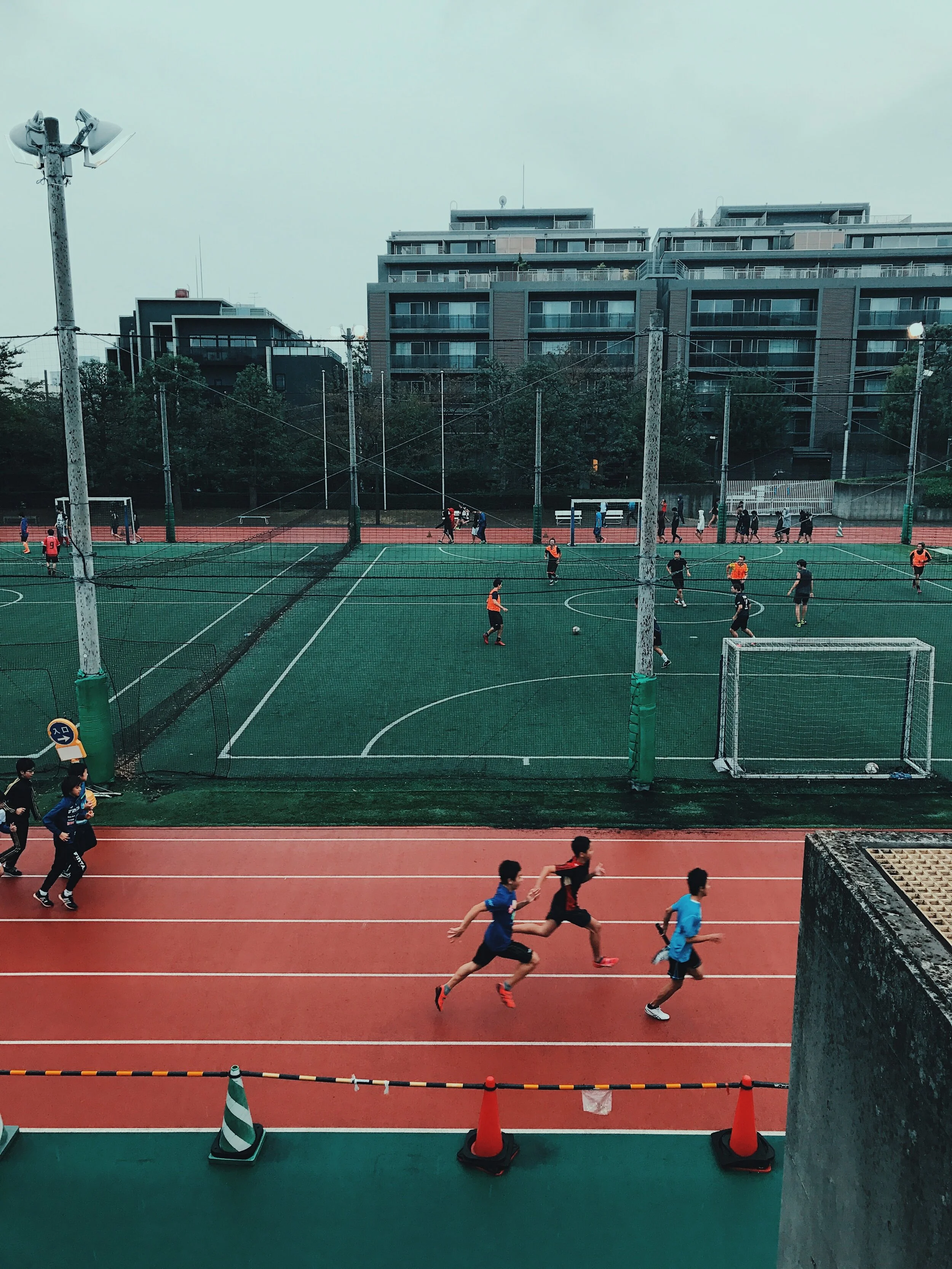For the sake of this section, we are going to shelf the idea of ‘sport-specific’ speed for a moment and talk very simply about getting from point A to point B (aka sprinting speed in a straight line)
The following analogy I have stolen from a S&C coach who is as passionate as he is practical when it comes to enhancing the athletic performance and life skills of youth athletes, Shane Fitzgibbon:
If you had your hand on the brakes and you were trying to cycle faster...would you pedal harder or take your hands off the brakes?”
Often times we try to apply a model that has been designed for developing speed in highly tuned professional athletes (with well-developed movement skills!) and apply it to kids who cannot efficiently perform movement tasks that resemble tenants of sprinting.
Enter the skip:
To paraphrase Youth Physical Literacy Specialist, Brett Kilka:
“If your child doesn't have the ability to demonstrate an understanding of left vs right then teaching them to run becomes a lot harder.”
The first step to getting you kids to take their hands off the brakes, is to have them master the fundamentals movement skills of:
Balancing (any task on one leg)
Squatting patterns
Lunging patterns
Hip hinge patterns
Landing
Jumping, hopping (same foot take off to same foot landing) and leaping (landing on a different leg to the one you took off of)
I have covered all of the above, with bonus lessons on hand balancing as part of Calisthenics Kidz, 30 movement lessons designed to enhance strength, confidence and movement skill in children using bodyweight training.
If you look closely at both pictures, you will notice both athletes have the hip and ankle mobility to get their knees to their chest without comprising their torso position (i.e. they do not round their backs).
This is not to say that if a youth athlete cannot perform a deep squat or stand on one leg then they must stop all attempts at learning to sprint until they can…simply a gentle reminder that if you athletes cannot access these positions in slow, controlled movements like a march or a squat, then they will not magically fall into these effective positions when they speed up.
Attempting speed drills without your athlete’s being competent in the fundamental movement patterns mentioned above is akin of earlier analogy of trying to pedal faster but with your hands on the brakes.
Speaking of brakes…you wouldn’t want to get behind the wheel of a car with masses of horsepower and brakes that don’t work.
For youth athletes to improve performance and reduce injury risk, the ability to demonstrate effective landing technique and efficient deceleration technique is an essential foundation to getting the most from their speed work.
In the third part of this speed development for the youth athlete series, we will be discussing how to design speed training for the youth athlete who has shown competency in fundamental movements and their ability to stop and the 4 P model to help you do this.
Key Take Homes:
Let’s first make sure our youth athletes’ lack of coordination isn’t acting as a handbrake before we worry about enhancing their ability to get off the mark
For youth athletes, enhancing their mobility, stability and strength in squatting, hip bending and lunging patterns will often enhance their speed without directly focusing on it
Ensure you are also teaching your athletes to slow down, decelerate and land well, before you get them producing forces they cannot control
About the Author
Todd Davidson is a UKSCA accredited strength and conditioning coach and qualified P.E Teacher who has gained experience working as part of strength and conditioning teams for Olympic, Paralympic and professional athletes. Todd's passion for improving the physical literacy of the next generation, and athleticism within adults, comes from his belief that strength and conditioning should not be a service that is solely reserved for the sporting elite. If you would like discuss anything in the content presented, or have any questions relating to your own performance goals, please get in touch.




